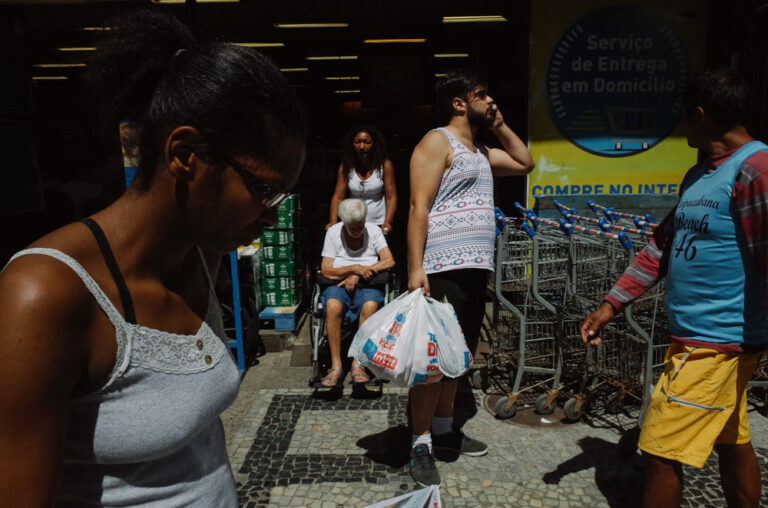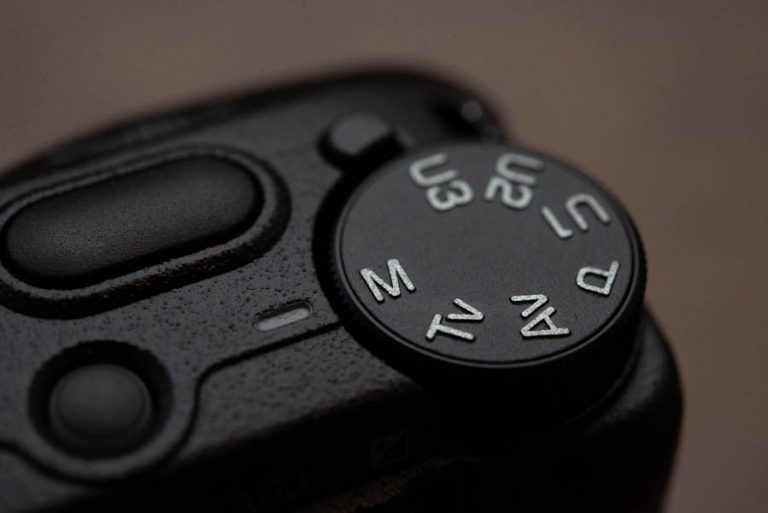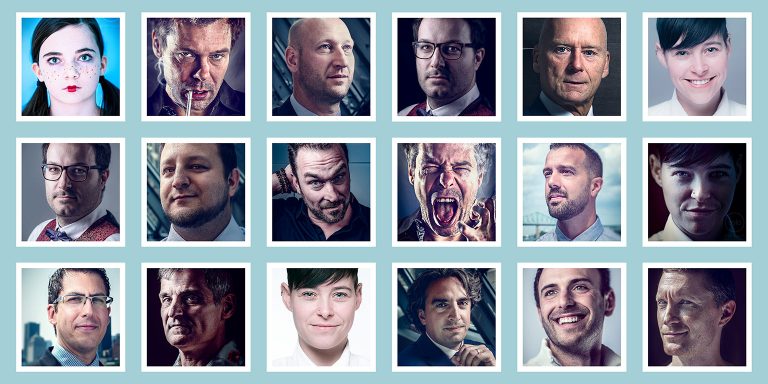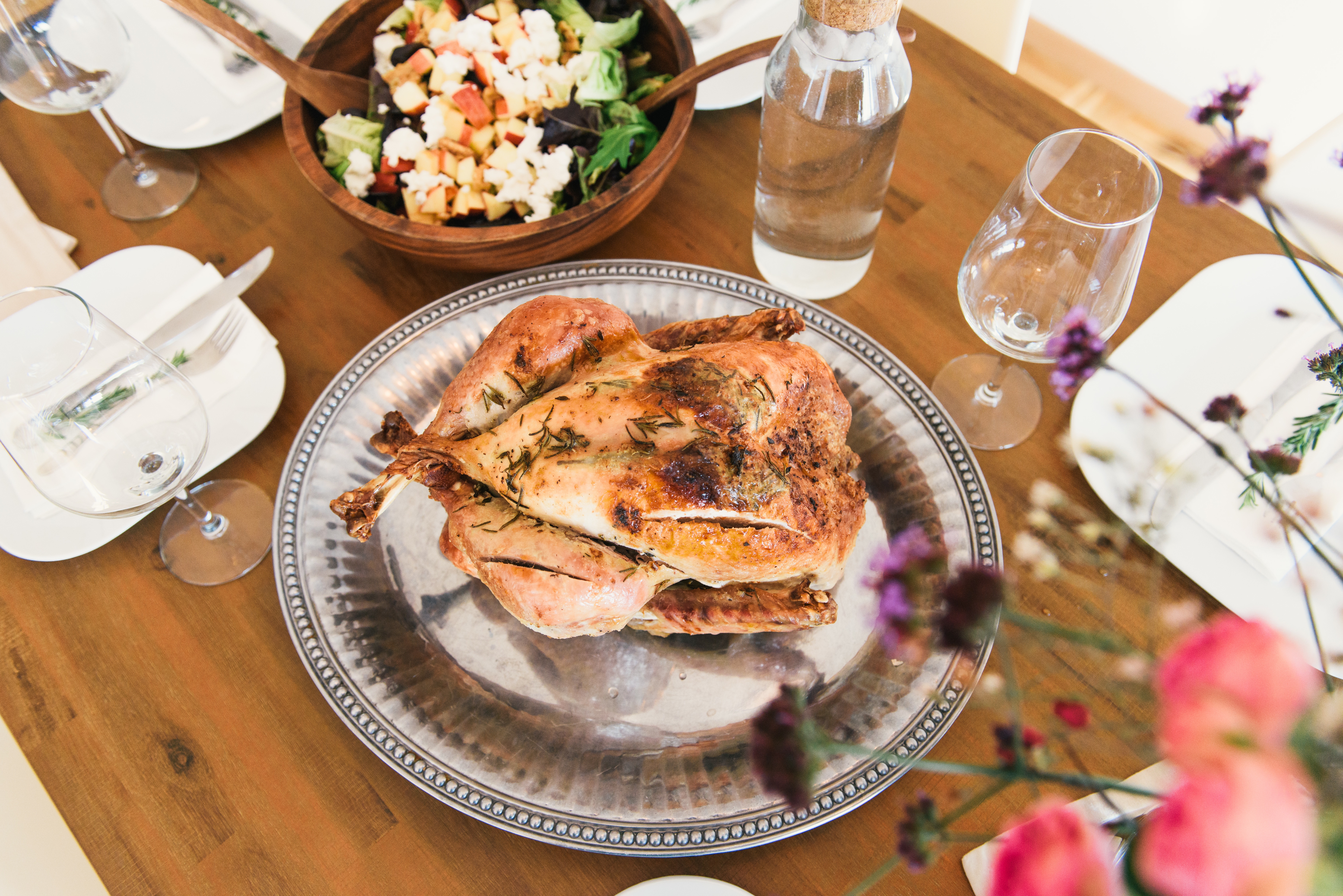Best Focal Length for Street Photography: 6 Focal Lengths for Every Situation

While I wish there was a single best focal length for street photography that would fit every situation, it’s not exactly a possibility.
There are wide-angle prime lenses that do the majority of what you need while being small and discreet.
There are ‘normal’ focal length lenses like 50mm that can be great but are limiting in tight spaces.
And there are zoom lenses that give you a great focal range but are larger, heavier, and slower.
So what’s the solution?
My solution is to pack my favorite focal length and have another lens as a backup for unique situations.
In this article, I share what I think is the best focal length for street photography and compare it to the other common options that are available.
The 28mm Focal Length
28mm is a good focal length for street photography, and it’s typically the widest that many street photographers will go. The 28mm focal length makes for very dynamic and interesting photos, but it’s also very challenging to get good shots with a 28. 28mm is very wide, so you end up getting a lot of background and context that can make for distracting compositions.
On the other hand, when you get a good street photography shot with a 28mm, it really shines. The feel is up close and personal. It pulls you right into the scene.
I have a Ricoh GR III, which has a fixed 28mm equivalent focal length lens. With this tiny camera, it’s somewhat easy to get close to subjects on the street because you can use the camera one-handed and maneuver it wherever you want. But if you like using a viewfinder, 28mm can be really wide considering how close you have to get to fill the frame.
If you like really wide-angle shots that show a lot of context, 28mm could be the best focal length for street photography for you.
35mm
35mm has always been my favorite focal length for street photography, although I’ve expanded my opinion on what’s acceptable for street photography recently, particularly since the pandemic. I used to not be a fan of longer focal lengths for street photography, but that has just evolved considering I want to keep my distance from people as the pandemic is still ongoing. I also remember David Alan Harvey say how he has used longer focal lengths when he’s doing work on beaches, because people tend to have their guard up more in situations where they feel more exposed.
Regardless, in terms of the outcome and ‘look’ of street photography images, I think that 35mm has the ideal aesthetic for street photography. It gives a feeling of being in the action and of being in the scene where it was shot. It looks real.
I feel like 35mm is in a sort of goldilocks area for street photography. It’s not too wide to where it’s uncomfortable to photograph people with and it’s not too long to where it looks like to was shoot from a long ways away.
The main reason I like 35mm for street photography is that it looks like things were shot up close, but you don’t have to get uncomfortably close. Focal length in street photography is subjective, but for me, 35mm is the best focal length for street photography.
40mm
40mm lenses had eluded me for quite a long time from when I got into photography up until recently. It’s only 5mm different from 35mm, right?!
I was reminded of the 40mm lens focal length when Fujifilm released a new version of their 27mm (40mm equivalent) with weather sealing. I haven’t used it much, but it reminded me that I have an old Olympus Trip 35 film camera that has a 40mm lens.
I’m not all that used to 40mm lenses, but the 40mm equivalent, 27mm APS-C Fujifilm lens was just too tempting to pass up. I bought it and I think that it’s a valid alternative to a 35mm equivalent lens, especially considering how small it is.
40mm lenses can be a nice go-between from 35mm to 50mm lenses, which are standard for street photography. It can take some getting used to, but I’ve liked shooting with 40mm lenses for street photography in the short time that I’ve used them.
50mm
I’ll be honest, I’ve never liked 50mm lenses that much. I think It’s an awkward focal length between wide and a “normal” perspective. I think it’s too tight indoors a lot of the time and then awkward the rest of the time.
I have nothing against it on principle. If you like it, then use it.
However, 50mm can be a great street photography focal length because it’s long enough that you don’t have to get up in people’s faces to use it. If it gave me the perspective that I like, I would use it more.
75mm
Street photography camera manufacturers don’t make a lot of 75mm lenses these days, probably in favor of 85mm lenses, but there are still some out there. More common are 50mm lenses for APS-C sensors, which is the same equivalent focal length.
I haven’t shot a lot of 75mm but I think it’s worth considering, especially now as social distancing is still ongoing. I don’t see a ton of difference between 75mm and 85mm and for street photography, I think 75mm has the edge. That’s because they both allow you some distance in between you and subjects but 75mm has less compression.
In street photography, I think the less compression, the better, for the most part. Compression has its place for other types of photography but I think it looks odd in street photography when you have photos shot at very long focal lengths.
A good thing about 75mm lenses is that they have very little distortion and they have very good image quality in general and require simple lens designs.
85mm
Many photographers consider the 85mm to be the ideal focal length for portraits. It’s also not a bad street photography focal length, although it’s not what I gravitate towards.
85mm is the longest focal length I would go for street photography. Usually, action on the street happens pretty close and you don’t always have a lot of room to back up to capture a scene. You’re limited by buildings and whatnot, so longer than 85mm is stretching it.
Now more than ever is a good time to try out 85mm for street photography because of the pandemic. It’s also a reasonable option at any time if you just don’t like getting that close to your subjects. I’ve also heard great street photographers talk about using longer focal lengths on beaches and other places where they would otherwise be overly guarded in having their photo taken.
So if you like long focal lengths for street photography that give you a bit of breathing room between you and your subjects, I don’t see why 85mm wouldn’t be a valid option.
Last Thoughts
Ultimately, the best street photography focal length is really just the one that fits best with your style and personality. I’m not a super in-your-face confrontational person, but I prefer the aesthetic of close-up, wide-angle shots, so I’ve worked my way up to shooting like that.
I also see no problem with using a somewhat longer focal length for whatever reason. Using a longer focal length for street photography has several upsides. You don’t have to get as close to people, and it’s easier to make clean compositions if that’s your style.
My personal preference for the best street photography focal length is 35mm, which is why I included several in my picks for the best street photography lenses. I see it as the sweet spot — it’s wide enough to capture most scenes in most situations but it doesn’t have a lot of distortion.
I’ve also been shooting more at 40mm (27mm on my Fujifilm camera), and I’m growing more partial to that focal length.
While I was basically a rigid 28mm/35mm street photography shooter, I’ve expanded my opinions and I think you can make good street photography at a variety of focal lengths. My personal limits are probably 28mm-85mm. I wouldn’t go too far outside that.
If you’re interested in more focal length comparisons for street photography, I take deeper dives into the following:






